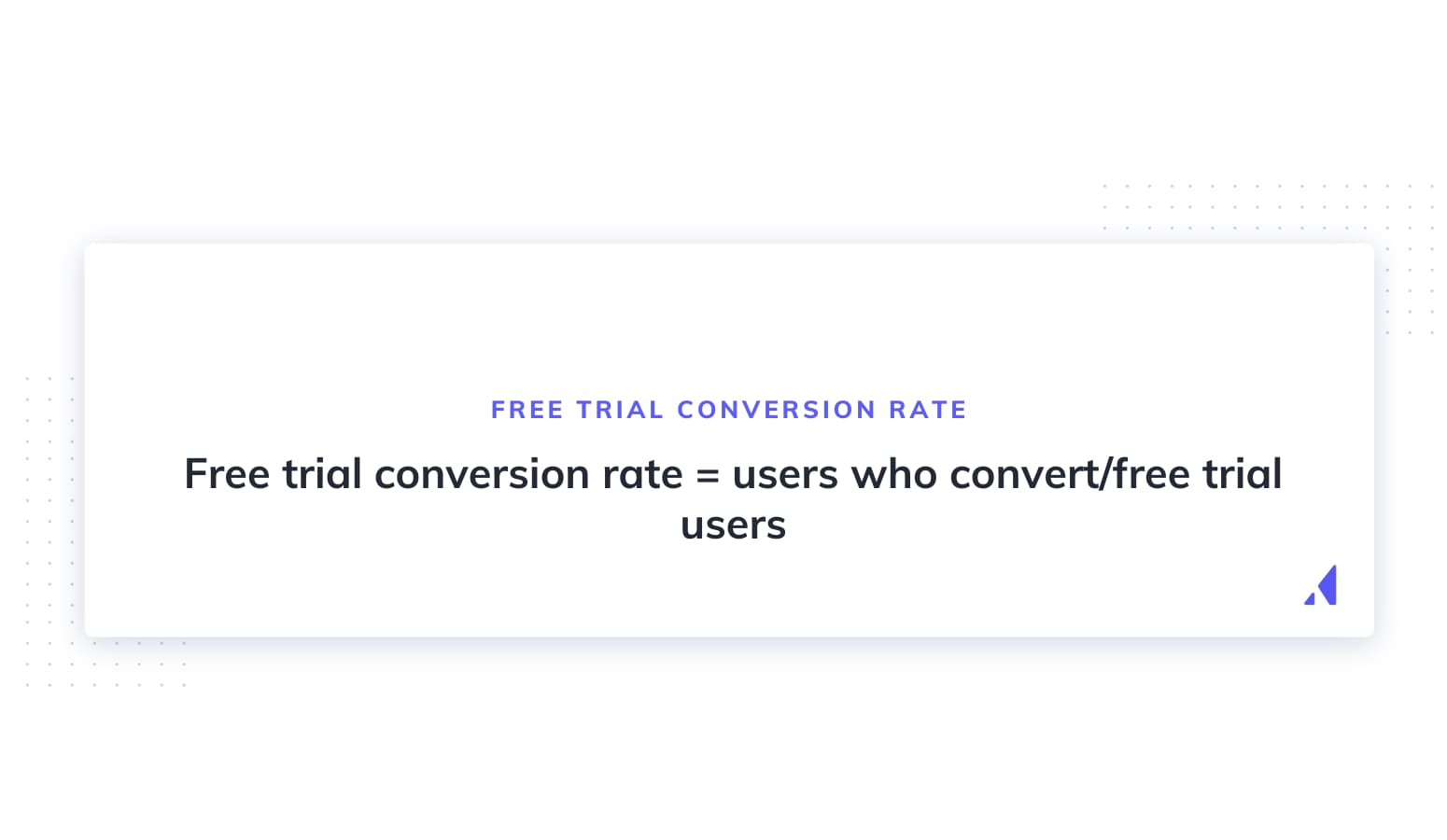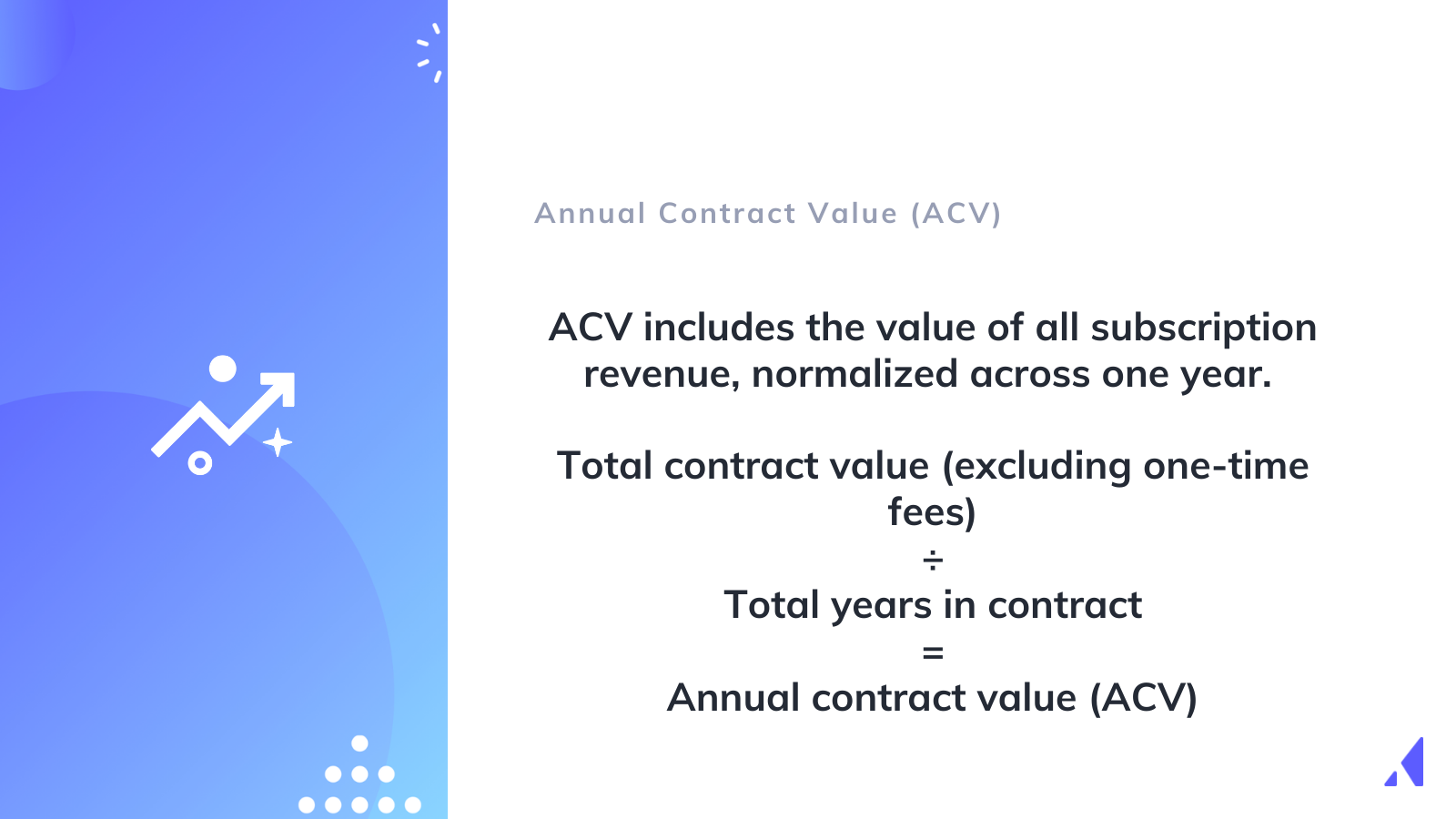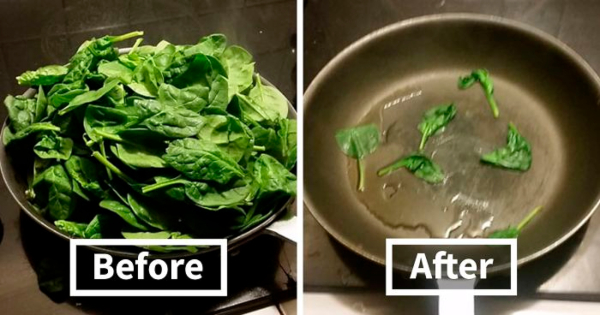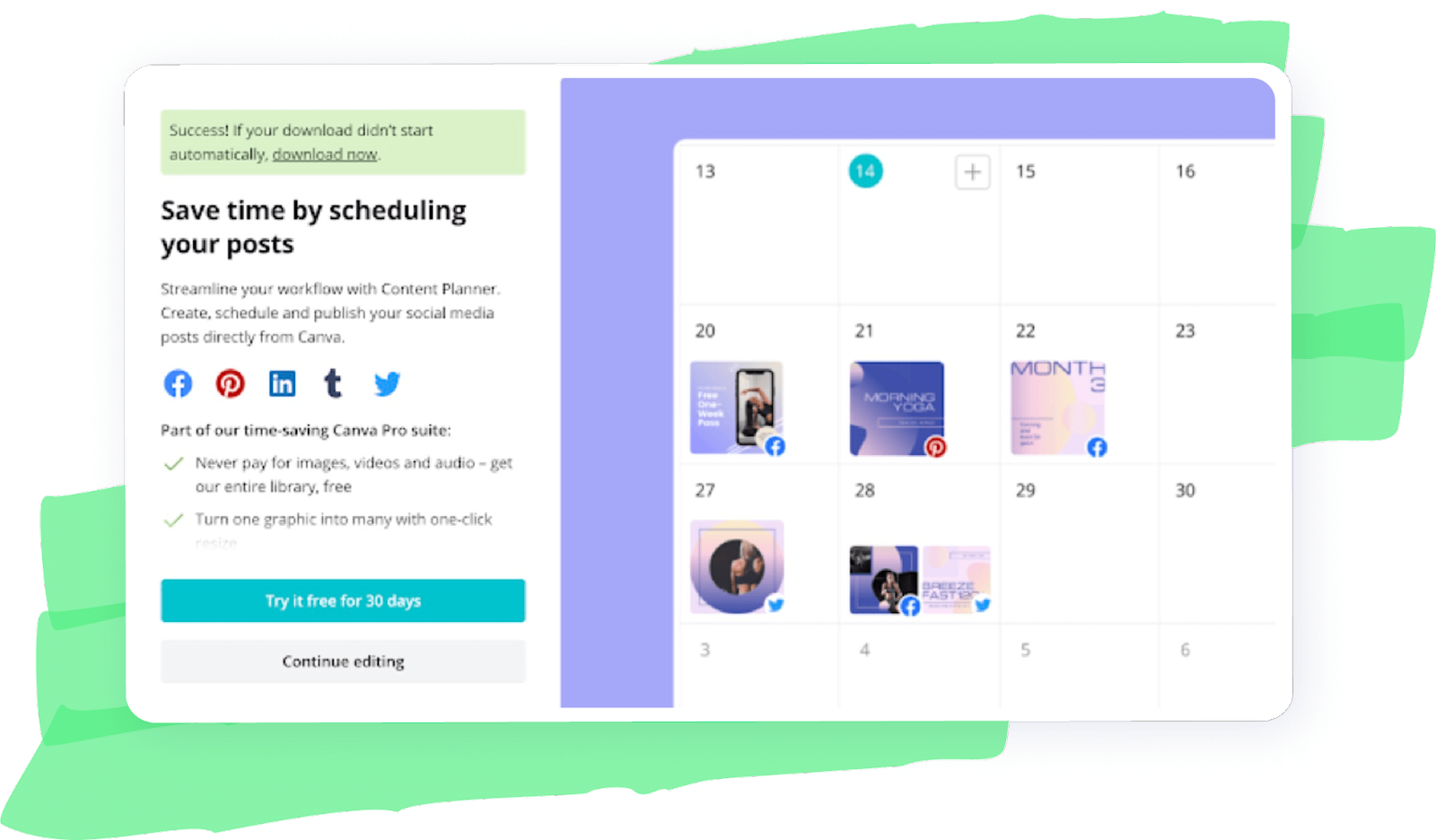9 strategies to convert free trial users into paying customers
.png)
.png)
.png)
.png)
In today’s competitive tech landscape, every SaaS business is fighting to acquire users at (almost) any cost. But in a macroeconomic climate of belt-tightening and boot-strapped budgets, knowing how to turn free users of your software into paying customers is more important than ever.
Fortunately, getting new paid users isn’t a mystery. In fact, optimizing your free-to-paid conversion rate is a lever your business can pull on to spark top-line revenue growth.
Wondering how to get users to actually pay for your software? We’ve got some ideas. (Hint: it involves understanding what your users want at a pretty detailed level).
But first, let’s define some terms.
Imagine you work at a SaaS company. You’ve been tasked with turning as many free trial users into paying subscribers as possible. Where to begin?
First, you need to benchmark how many free trial users are converting to paid accounts. This is your Free Trial Conversion Rate—the proportion of free users that turn into paid users of your product.
To calculate your software’s free trial conversion rate, divide the number of free users that converted to a paid plan in a given period—30 days, Q2, or all of 2021—by the total number of free trials registered in the same period. Then, multiply by 100 to calculate the percentage, and boom! You’ve added a new SaaS metric to your repertoire. 🥳

For example, let’s imagine a B2B company nets 25 paid users in June out of a total of 250 free trials. To calculate their free trial rate for the period, the equation would look like this:
Free Trial Rate = (25/250) * 100
FTR = 0.1 * 100
= 10%
Take a second to pat yourself on the back for all that math. But now, an important question—is 10% a decent free-to-paid conversion rate?
As you can probably imagine, it depends.
In B2B SaaS, conversion rate benchmarks for a company selling to SMBs will look different from one focused up-market on enterprise clients. The same goes for early-stage startups with a lower headcount vs. more established companies with larger teams.
But your business model also makes a difference. The below factors can all significantly impact your success.
When it comes to SaaS products, potential customers often expect the chance to try it out before reaching for their credit cards. Software businesses generally have 2 ways of giving users a taste.
The first option is the classic free trial. In this model, users create a free account that gives them limited-time access, usually a few weeks to a month. The business’s goal is to demonstrate value to the user before the trial expires—and, ideally, get them to purchase.
Other businesses stake their success on a freemium model. As the name suggests, users of a freemium product get access to a pared-down version. While companies carefully create freemium models in a way that allows users to experience a product’s value, they incentivize users to purchase by reserving certain features for paid users alone. For example, paid users in a freemium app might get access to a product’s most powerful features. Alternatively, they might just enjoy a premium user experience free of the ads that populate the screen in the free version.
Generally, free trial models enjoy a higher free trial-to-paid conversion rate than their freemium counterparts. Why? Because the fast-approaching expiration rate in the free trial model creates urgency. Simply put, time is the incentive that drives free trial users to buy.
In the freemium model, users are reluctant to buy when they get value from the freemium experience. The upshot of all this is that free trial models often net a free trial conversion rate of 5–20%, while freemium models score a comparatively lower 2–5%.
Want more insights into boosting your free trial conversion rates? Get certified with our Free-to-Paid Conversion course today!
Another factor to consider is your annual contract value, or ACV.
ACV is the annual revenue that each of your customer contracts generates. This figure can vary wildly depending on the type of software you sell and who you sell it to. Imagine the difference between a consumer who pays $9.99/month for Spotify Premium and a large enterprise corporation with a 5-year Salesforce cloud contract with hundreds of seats—and you start to see why measuring ACV is so important.
To calculate ACV, divide the total value of a software contract (minus one-time fees) by the number of years in the contract. The ACV of a $50,000 contract spread over 5 years, for example, would be $10,000.

So, what’s the impact of ACV on free trial-to-paid conversion rates?
Generally speaking, the higher the ACV, the lower the free-to-paid conversion rate. Why? Because the more expensive your software is, the more friction it adds to the software procurement process.
Enterprise software that costs tens of thousands of dollars a year requires far more layers of approval than a tiny contract for one user. More layers of approval mean more chances for a deal to fall through the cracks.
The bottom line: there’s an inverse relationship between ACV and free-to-paid conversion. Seller, be advised.
Tomasz Tunguz, managing director at Redpoint Ventures, found that having sales reps follow up with free trial leads is one way companies can pull on their free trial conversion rate lever.
Specifically, Tunguz discovered that 15% of assisted leads—i.e., those contacted by sales—converted to paying users.
Some products are fully user-led (think Spotify), so it won’t make sense in every case to have a sales team follow up with free trial users. But if the sales rep is in a position to help users unlock value or otherwise help them along the buyer’s journey, building these sorts of touchpoints into your trial experience can bolster adoption.
Another key variable to free trials is when you ask users for their credit card information.
Opt-in free trials don’t require card info at account set-up. On the other hand, opt-out models solicit payment info from the jump. (These are the ones you set a reminder to cancel in 2 weeks to avoid buying something you don’t actually want or need.)
There are pros and cons to both approaches. Opt-in trials reduce initial friction by delaying the credit card ask. There’s evidence, however, that requiring payment info upfront helps convert 6% more unassisted leads. 👀
All product-led SaaS companies share a common goal: turning more of their free users into paying customers. So why is it so hard for some?
Think of a low free-to-paid conversion rate as a symptom, not a disease. It’s usually indicative of some underlying problem. Sometimes, companies struggle to shepherd free trialers into the Land of Paid because their products don’t actually help users accomplish their goals. Other times, your low free-to-paid rate could be the result of missing purchase incentives or excess friction in the buying process.
Here are some of the most common causes behind an anemic paid conversion rate.
When the people using your product don’t understand its value, that’s a huge problem. It’s also a relatively common one.
“I would say the number one reason why free trials don’t become paid customers is they don’t see the value of why they should upgrade—why they should pay at all,” Ramli John, director of content marketing at Appcues, says.
But what about when your product doesn’t live up to expectations?
Imagine a customer signing up for a product or service and discovering that it only solves a fraction of the issues they thought it would. Disappointing, right?
That chasm between a customer’s perceived value and what they actually experience is called a value gap. It’s like the difference between those raw and sauteéd mushrooms in your skillet—or that bag of chips with an unforgivable amount of air at the top where chips should be.
In other words—the value gap is absolutely lethal to your conversion rate.

One way to correct a suspected value gap problem is by surveying users who don’t convert. Getting to the bottom of what a user wants—and understanding why your product is falling short—can help your product team iterate solutions.
“Most companies make assumptions about what their users want but never ask. Just ask,” Kareem Mayan, B2B SaaS onboarding consultant and founder at TrialtoPaid.com, says. “Once you know, you can reduce friction and improve your UX so people get to their outcome faster.
In the context of user onboarding, friction is the obstacle that causes users to say adiós to your product before experiencing its value.
Friction can stem from anything: UX choices, payment screens, or any other hoops a user must jump through before they can really dig into your product. While some friction is a good thing—like product tours that guide users and increase adoption—too much harms free-to-paid conversion rates.
So, how do you fix friction? Kareem Mayan recommends putting yourself in the users’ shoes, going through your onboarding process step-by-step to figure out what kind of motivators you can include to get users over the hump.
“People usually have questions at each step of onboarding, so providing answers to those questions really help people along,” Mayan says.
Mayan also recommends test-driving a tool like Fullstory or Hotjar to watch what people are actually doing in your site. (More on that later!)
“Product people are enamored with analytics, and they have their place. But there's nothing like the visceral pain of watching someone stumble through part of your product… other than the visceral pain of watching 20 people stumble through the same part,” Mayan says. “It's both highly motivating and truly humbling—and not in the hashtagged sense of the word!”
Free trials are tricky. You want to give users enough time to experience your product’s value, but you don’t want to give away too much of your product for free. If no one’s paying you, then your product might not be around much longer.
One solution is shortening the length of your free trial period. Urgency is a powerful sales incentive. There’s nothing like a short trial to get your users to actually try the product—and hopefully, convert to a paid plan sooner.
Just as there’s danger in waiting too long to ask for the sale, you can also ask too early. But how early is too early? For Claudiu Murariu, co-founder and CEO at Delivering Value, that’s anytime you’re “asking people to upgrade before delivering value.”
According to Murariu, 2 things can happen when you put payment before value. In one scenario, users get annoyed and fail to convert outright. Other times, they pay—but their expectations increase considerably, which leads to perceived value gaps and a quicker churn.
Instead, Murariu suggests basing your free-to-paid campaigns on actions and value realization instead of just time.
“Check out the actions performed by users that finish onboarding and correlate with high retention. When a new user performs them, trigger an email and ask them to upgrade to paid. It never fails,” Murariu says.
Optimizing your free-to-paid conversion strategy isn’t just about nabbing more paying customers. Getting it right also creates a more valuable product experience—something that can increase lifetime customer value and decrease churn.
So how do you get your users to discover the feature that will get them to pay for your product? Here are some of the top tactics to guide your users to the treasure buried in your product and improve your free trial conversion rate.
A little friction can make your product sticky in a good way. For example, UX onboarding flows like window modals and tooltips can help users better understand your product, which sets them up for long-term success.
But too much friction can frustrate the user experience and needlessly increase time to value.
Friction is what led former director of growth at Postcript and Wistia Andrew Capland to create “Fullstory Friday.” The idea? At the end of each week, Capland and his team would gather for lunch and watch video of users’ first passes through their product.
“We know that there was room to grow on our onboarding flow and we knew we could increase our activation rate more. We just weren’t sure what to do,” Capland says.
That all changed once they saw what was actually troubling users during onboarding: random bugs, unclickable design elements, and intrusive popups the team hadn’t caught. Capland and his team had crafted a feedback loop they could pipe directly to Engineering, Product, and Design.
Wistia’s users were now primed to get quicker wins—which won Wistia more paying customers and increased retention.
“Every single time we did that, we left the meeting with amazing ideas that helped improve the flow for our customers, which is what it’s all about,” Capland says.
Go deeper: 6 user onboarding best practices (with video)
People use software to solve specific problems for themselves or their businesses. Personalizing the product experience makes it easier for users to derive value—and to justify paying for your software.
One way to personalize the user onboarding experience is to tap into the user’s motivations to help them define a success plan that works for them.
Lyla Rozelle, director of customer enablement at Appcues, advocates understanding your users’ problems well enough to help them get quick wins.
“As the person working on the product, you’re really close to it—but the user who’s new to it doesn’t have the context you do. So bridging that gap is really important,” Rozelle says.
At Appcues, Rozelle helped set up 2 versions of the same onboarding flow—one for free trial users and another for post-purchase account registrants—after observing the different needs and behavior patterns of the 2 groups. In the end, 2 flows proved better than one.
“It’s about taking the complex problems that your software solves and breaking them down into tiny steps that a busy person can learn how to do in the 20-minutes-to-an-hour that they've dedicated to getting started with your product,” Rozelle says.
Other opportunities for personalization include segmented email campaigns and 1-on-1 product demos with the customer success team.
Ultimately, keep in mind that what gets a customer’s loyalty (enough to fork out tens or thousands of dollars) is not the product itself—but how a product upgrades their life and business.
Different users have different learning styles. Some users love to follow every step of an in-app guided tour; others prefer to click out of those immediately and take a more hands-on approach.
Optimizing your free-to-paid conversion onboarding is about accommodating both of these different learning styles. With added flexibility, you’ll empower more users across the gamut of learning styles on their way to success.
Rozelle explains that Appcues’ onboarding specifically builds touch points outside of the main tour. This way, users that want to go fast can still get important contextual information via checklists, unintrusive embedded tours, and even live workshops they can access on their own terms.
“You can cover your bases by serving up different kinds of support throughout the trial period,” Rozelle says.
You don't need to automate everything. As Rozelle points out, one of the benefits of hosting live workshops is they enable people to “bounce ideas off you in real-time.” Adding that human element can go a long way in the often prosaic world of SaaS.
The sales function also has an important role in stoking that human connection with free trial leads. Frida Ottosson, Sr. director of sales at Appcues, says sales reps can begin by doing research and hypothesizing why the lead signed up for a free trial. You can also look at what free trialers have done in your product to see if there’s a way you can help them achieve their goals.
Either way—the goal is to spark conversation and be genuinely helpful.
“Everything’s so automated nowadays, so I think adding those human touchpoints that AI or a robot can’t do can go a long way,” Ottosson says.
Emails based on user behavior in your product is another way to keep free trial users progressing. The goal? For them to complete certain key actions that are highly associated with converting to paid—i.e., realizing the product’s value.
“It should be pretty clear to free trial users what actions they need to take,” Lyla Rozelle says. “It’s just that getting them through each of those steps can be a challenge.”
To accomplish this task, Rozelle says, your behavior-based emails need to walk a fine line. For example, it’s easy to make too much noise in a user’s inbox, which can distract them from completing tasks. On the other hand, a well-timed email can incentive the free trial user to take action while they’re still new to the product—and most excited about it.
“I think you can compare good onboarding to good service at a restaurant,” Rozelle says.“The waiters that you really like—they don’t chat you up too much. They’re friendly and offer recommendations, but they don’t force you; they don’t order for you.”
Like a great salesperson, your goal is to get users to upgrade based on what they’re really interested in. One of the most powerful direct sales and copywriting techniques also resonates in the world of user onboarding: and it’s getting users to imagine what their life will be like after they purchase your product.
If your product is a PM tool, help them imagine how organized their work life will be. If it’s a design tool like Canva, paint a picture of stunning designs that take no time to create. Your upgrade prompts are a great opportunity for this.

Asking for payment information before the trial is one of the most effective ways to hit the gas on your free-to-paid conversion rate. The “why” here is simple: it filters out spam and users with little intent to purchase early.
Like anything else, asking for credit card details up front comes with trade-offs. For example, while doing so will likely increase your paid conversion rate, it will definitely decrease the overall number of free trials you register.
Jane Portman, CEO at Userlist, describes some of those tradeoffs in this blog. One thing’s for sure: this tactic will hit the throttle on your conversion rate.
Sometimes, users just need to be reminded about the end of the trial—or that they still have a trial at all.
We’re all busy professionals. Taking the time to offer additional help, like a 1-on-1 product demo or walkthrough, can make some users feel appreciated. Just be careful to avoid spamming your prospects’ inboxes with unnecessary or excess communication.
Did we mention people are busy? Sometimes, they just need more time to check out your product—or even dive in for the first time. Either way, extending the runway on a user’s free plan might be all they need to land safely on your pricing page.
As Lincoln Murphy of 16 Ventures points out, a trial extension request is also a way to engage with a user more deeply. Why were they not able to meaningfully get value from the normal trial period? How can you drive them toward their “aha” moment?
A brief conversation can lead to your software positioning itself as the solution to more than one user-specific pain point.
Hungry for more? Take our Free-to-Paid Conversion Course (includes free certification and a badge you can show off on your LinkedIn and website) and help your business convert users from free trial signups to paid plans.